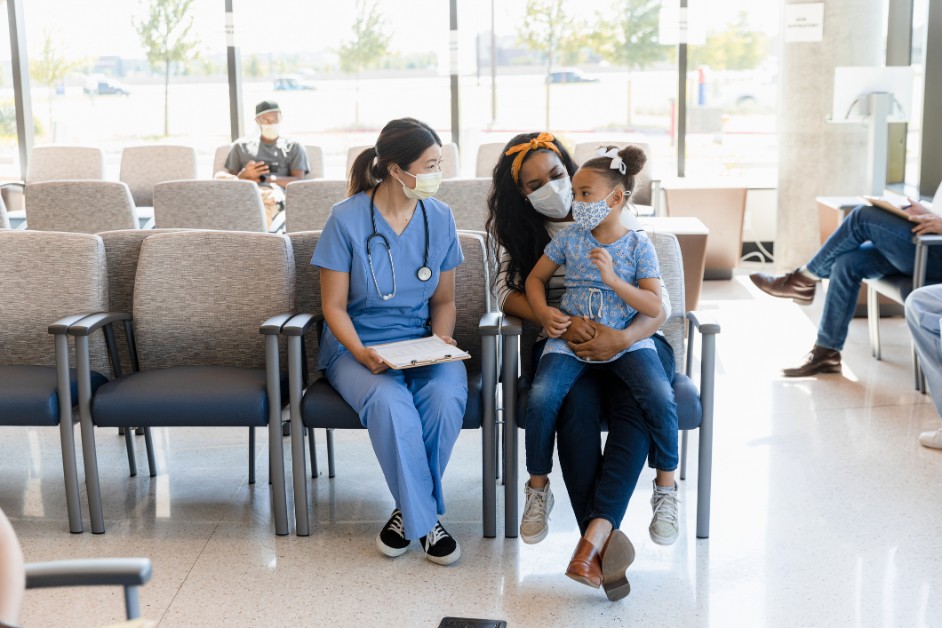Urgent Care vs. Virtual Quick Care vs. ER: A Guide to Getting the Right Care, Right Now
DEC 22, 2025Choosing correctly can save you time, money, and ensure you get the most appropriate and timely treatment.
Read More
A stroke happens when the blood supply to part of the brain is suddenly blocked or when a blood vessel in the brain bursts. Without blood, the brain cells in that area don’t get the oxygen and nutrients they need, so they start to die. This can lead to sudden problems like trouble speaking, moving, seeing, or understanding things, depending on which part of the brain is affected. A stroke is a medical emergency and needs quick treatment to help reduce damage to the brain.
If you think you might be having a stroke, call 911 (or emergency services) immediately — don’t wait or try to drive yourself.
Here’s what to look for and what to do:
Know the signs — use the word BE FAST:
Don’t delay. Even if the symptoms go away after a few minutes, it could still be a warning sign of a bigger stroke coming soon.
Stay calm and safe. Sit or lie down somewhere safe while you wait for help. Don’t eat, drink, or take medication unless told to.
If you’re with someone else showing signs, call for them and note the time symptoms started. This helps doctors decide on the best treatment.
Time matters. The faster you get medical help, the better the chances of recovery
You’ll be seen quickly. Stroke is an emergency, so the medical team will act fast.
They’ll ask questions and check your symptoms. A nurse or doctor will ask when your symptoms started (this is very important), what you’re feeling, and if you’ve had any changes in speech, movement, or vision.
If it’s a stroke, fast treatment may begin. If the scan shows a blocked artery and you’re within a certain time window (usually under 4.5 hours), you might get a “clot-busting” medicine called tPA or TNKase. If the stroke was caused by a big blood clot blocking blood flow in the brain, doctors may recommend a thrombectomy. This is a special procedure physically remove the clot and restore blood flow.
You may be admitted to the hospital. If it’s a confirmed stroke or a warning sign like a TIA (mini-stroke), you’ll likely stay in the hospital for more care, monitoring, and recovery planning.
The whole process is fast, focused, and designed to save brain function. Time really matters — the sooner you’re treated, the better your chance of recovery.
Now that you know about strokes; what causes them, what to do if you suspect a stroke and what will happen when you present to the ED with stroke like symptoms it’s important to learn what you can do to prevent them!
Stroke risk factors fall into two main categories: modifiable (you can change or control them) and non-modifiable (you can’t change them).
These are habits or health problems that raise your risk of stroke — but the good news is, you can do something about them.
These are parts of who you are — and you can’t change them, but knowing them helps you stay aware and take steps to stay healthy.
Managing your modifiable risk factors is key to prevention. Reach out to your provider if you have questions, or take our stroke health risk assessment to see your risk level.

Choosing correctly can save you time, money, and ensure you get the most appropriate and timely treatment.
Read More
MS is not rare. It’s estimated that nearly 1 million people in the United States and 2.8 million worldwide live with MS.
Read More
COPD is a group of progressive lung diseases that block airflow and make it difficult to breathe.
Read MoreWhen you need local health information from a trusted source, turn to the CHI Health Better You eNewsletter.